| Structure | Name/CAS No. | Articles |
|---|---|---|
 |
Sulfuric acid
CAS:7664-93-9 |
|
 |
Formic Acid
CAS:64-18-6 |
|
 |
Isoflurane
CAS:26675-46-7 |
|
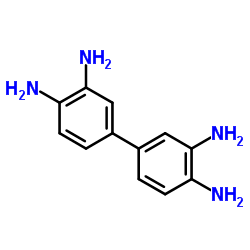 |
3,3'-diaminobenzidine
CAS:91-95-2 |
|
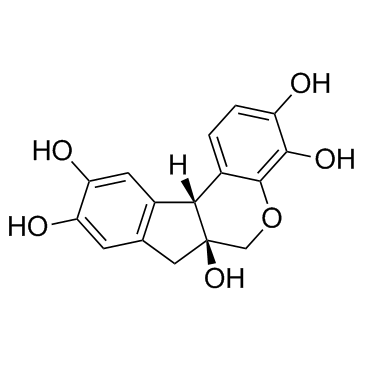 |
Hematoxylin
CAS:517-28-2 |
|
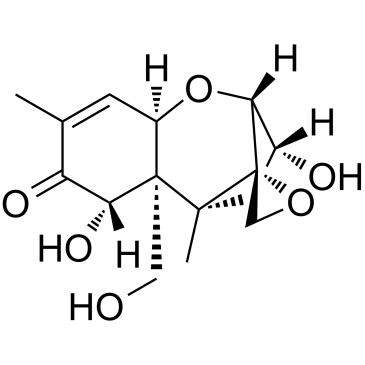 |
DEOXYNIVALENOL
CAS:51481-10-8 |
|
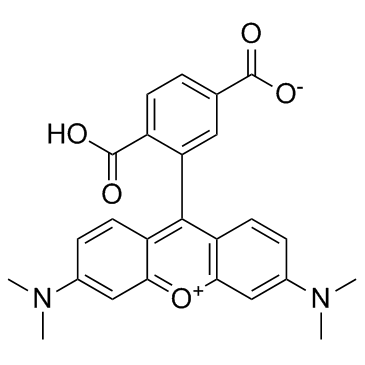 |
6-Carboxytetramethylrhodamine
CAS:91809-67-5 |
|
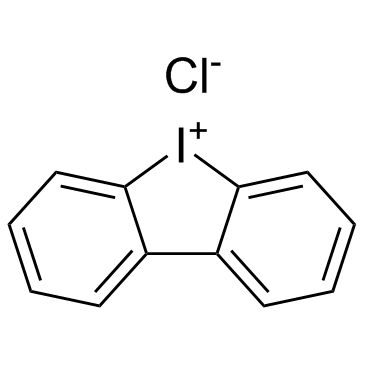 |
Diphenyleneiodonium chloride
CAS:4673-26-1 |